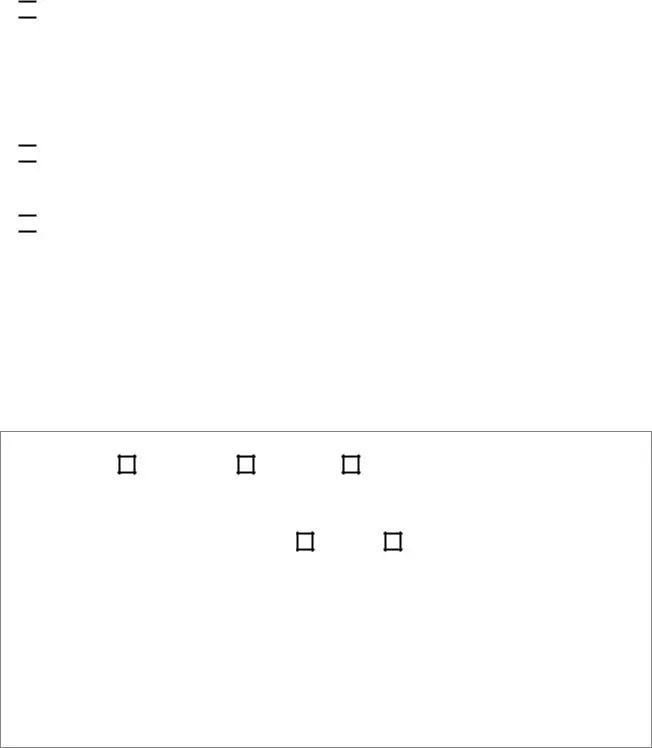What is the purpose of the PEIA Tobacco Affidavit form?
The PEIA Tobacco Affidavit form is designed to certify an individual's tobacco use status. It is used to declare whether a person is tobacco-free, commits to quitting tobacco by enrolling in a cessation program, or is a current tobacco user not willing to quit. This declaration impacts eligibility and possibly the cost of benefits under certain health or insurance plans managed by PEIA. It also serves to encourage tobacco-free lifestyles and support those looking to quit.
Who needs to fill out the PEIA Tobacco Affidavit form?
Any employee, spouse, or domestic partner covered by a PEIA health or insurance plan who wishes to certify their tobacco use status must fill out the form. This declaration determines the fulfillment of certain conditions required by the plan, including those that might affect premiums or coverage terms.
What happens if I declare I am tobacco-free?
By declaring you are tobacco-free, you certify that you have not used tobacco products in the six months preceding the signing of the affidavit and commit to remaining tobacco-free for the next 12 months. This declaration might qualify you for reduced premiums or additional benefits under the PEIA plan. It's important to understand that any deviation from this commitment, such as using tobacco, is expected to be reported to PEIA, as failure to do so could be considered fraud.
What if I am currently using tobacco but want to quit?
If you're currently using tobacco but are willing to quit, you can indicate your commitment to enroll and complete a Tobacco Cessation program on the form. This option recognizes your intention to pursue a healthier lifestyle while still covered under the PEIA plan. Completing such a program may also affect your benefits or coverage under certain terms of the PEIA.
What does signing this affidavit entail?
Signing the PEIA Tobacco Affidavit is a legal action that certifies your tobacco use status as true. It implies you understand the document's content, confirm your legal age and competency to make such declarations, and agree to notify the designated authority should your tobacco use status change within the next 12 months. Providing false information can be considered fraud and lead to disciplinary actions, emphasizing the importance of truthful and accurate disclosure.
Can I change my declaration if my tobacco use status changes?
Yes, if your tobacco use status changes within 12 months of signing the affidavit, you are required to notify the designated authority specified in the document. This ensures that your benefits and coverage under PEIA accurately reflect your current status, and it also adheres to the affidavit's commitment to maintaining truthful and updated information.


 I attest that I am
I attest that I am 


